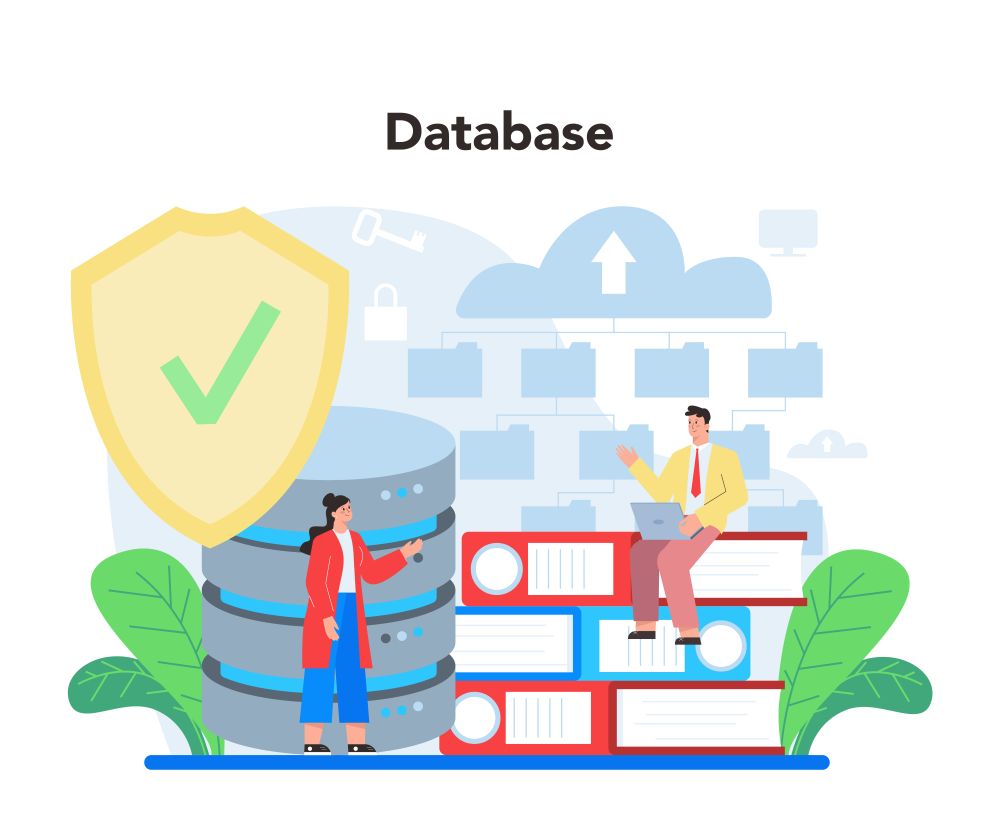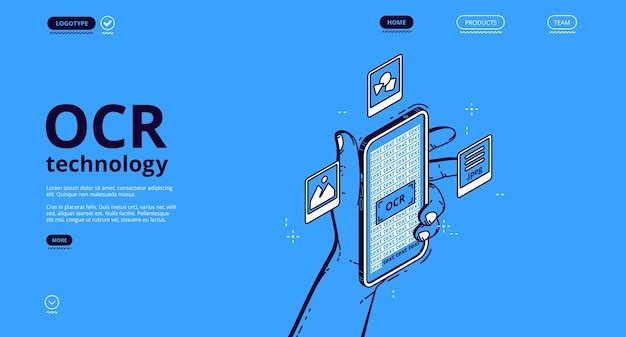In today’s data-driven insurance landscape, speed and accuracy are everything. From policy underwriting to claims processing, insurers are handling massive volumes of information daily much of it buried in complex, unstructured documents. This is where insurance data extraction plays a crucial role.
By leveraging automation technologies like AI and OCR, insurance companies can now extract critical data smarter, faster, and with far fewer errors. This not only streamlines operations but also helps reduce costs, improve compliance, and deliver better customer experiences.
In this blog, we’ll explore what insurance data extraction is, how it works, real-world use cases, and best practices for implementing it effectively.
Artificial intelligence and, more specifically, machine learning can now be used to extract all kinds of data points from insurance documents. Data capture isn't new technology, but the levels of accuracy and reliability needed in insurance data extraction demand the latest methods and technologies.
AI and ML have started allowing computers to document data extraction from insurance documents a lot more efficiently while allowing insurance brokers and agents to deal with more pressing matters. If you’re looking to improve efficiency inside your company, whether it’s an insurance agency, carrier, consultancy, or any related entity, read on to see how intelligent automation can help streamline business processes.

What is Insurance Data Extraction?
Insurance data extraction is the process of retrieving, organizing, and converting unstructured or semi-structured information from various insurance-related documents into structured, usable data. These documents can include policy forms, claims, invoices, medical records, inspection reports, and more.
Traditionally, data extraction in insurance relied heavily on manual efforts, which were time-consuming, error-prone, and resource-intensive. Today, with the advancement of technologies such as Optical Character Recognition (OCR), Natural Language Processing (NLP), and Artificial Intelligence (AI), insurers can automate data extraction to improve speed, accuracy, and overall efficiency.
Manual Data Extraction vs Automated Data Extraction in Insurance
- Manual data extraction requires people to read and enter data into systems. While it works for small amounts of documents, it's not efficient or scalable. It also often lacks proper documentation and audit trails, making it harder to track changes or meet compliance requirements.
- automated data extraction uses software to find, pull, and check data. Technologies like AI, machine learning, OCR, NLP, and RPA make this process faster and more accurate. They help reduce errors and allow insurers to process large volumes of data quickly.
As a result, automation speeds up tasks like policy creation and claims handling, improving customer experience and making insurance operations more efficient.
Primary Documents for Insurance Data Extraction
Insurance data includes many important documents, datasets, and databases that insurers rely on. Below are some of the key documents used in the insurance process:
1. Insurance Application
This is the form that customers fill out when applying for insurance. It collects important information like personal and financial details. Insurers use this data to assess if the applicant is eligible for a policy.
2. Identity Proof
Identity proof is essential to verify the customer and prevent fraud. Common examples include Aadhaar card, PAN card, driving license, passport, bank passbook, birth certificate, voter ID, electricity bill, and income proof.
3. Policy Contract
This is the official agreement between the insurer and the insured. It outlines all the terms and conditions. It confirms the insurer’s promise to pay when needed, while the policyholder agrees to pay regular premiums.
4. Premium Receipt
This receipt shows that the policyholder has paid their premium. It's important for both customers and insurers. Companies extract data from these receipts to keep accurate records.
5. Nomination Details
In policies like life or health insurance, nomination details are key. These records help insurers quickly process claims and ensure that the nominee gets the benefits without delays.
6. Medical Records
Medical records help insurers assess health conditions for underwriting and claims. These records include diagnoses, treatments, test results, and more, providing a full view of the insured’s health history.
7. Claim Forms
Claim forms report a loss or damage and are used to file insurance claims. They contain all the necessary claim details and must be processed quickly to speed up the claim settlement.
8. Communication Records
Insurance companies also keep track of communication with customers. This includes emails, SMS, and letters that contain important updates about policies, claims, or queries.
Using automated data extraction, insurers can pull data from all these documents without manual effort, speeding up processes and improving accuracy.

Common Challenges in Data Extraction for the Insurance Industry
Insurance companies deal with a wide range of documents and data every day. While data extraction is important, it also comes with several challenges:
1. Different Types of Data and Documents
Insurance companies need to extract many types of information like policy numbers, customer names, premiums, coverage limits, claim history, and more. Since this data comes from various document formats, managing and processing it efficiently can be difficult.
2. Accuracy and Security
Insurance data must be accurate to ensure smooth processing of claims and premiums. It also contains sensitive personal information, so keeping it secure is a top priority. Customers trust insurers with their private data, and that trust must be protected.
3. Tool Compatibility
Not all data extraction tools work well with the systems that insurance companies already use. Some tools may require big changes to current workflows. Only a few solutions can easily integrate into existing systems and improve the data extraction process without disruption.
4. Scalability
As the demand for insurance grows, companies need to handle more data and process it faster. Manual methods and basic tools can’t keep up. AI-powered and automated tools help insurance companies scale up their operations efficiently.
5. Cost
Advanced data extraction systems can be expensive, especially for small insurance companies with limited budgets. But when balanced with the long-term benefits, investing in automation can be a smart and cost-effective solution.
Key Tools and Technologies Powering Insurance Data Extraction
Insurance companies use several advanced tools and technologies to extract data quickly and accurately. Here are some of the key ones:
1. Optical Character Recognition (OCR)
OCR scans documents and turns printed or handwritten text into digital, machine-readable text. It works with different formats like PDFs and images, making it easier to pull important information from physical and digital documents.
2. Artificial Intelligence (AI) and Machine Learning (ML)
AI and ML help automate the data extraction process. These technologies learn from data patterns and get better over time, improving accuracy and reducing the need for manual work.
3. Natural Language Processing (NLP)
NLP allows computers to understand and process human language. It helps extract useful data from unstructured content like emails, claim forms, and letters by recognizing key information and placing it correctly in the system.
4. Intelligent Document Processing (IDP)
IDP combines OCR, AI, ML, and NLP to handle all kinds of documents—structured and unstructured. It helps automate not just data extraction, but also document classification and data entry, making the entire process faster and more accurate.
5. Cloud Storage Solutions
Cloud storage allows insurance companies to store large amounts of data securely online. It's especially useful for companies dealing with high volumes of documents. Managed by third-party providers, cloud solutions ensure easy access, backup, and efficient data management.
What Automated Data Extraction Means for the Industry
The benefits of automating data extraction for insurers are huge. The changes to data extraction in insurance mean that big data can finally be used to its fullest potential.
Exdion DATA can be an extremely powerful tool for your insurance firm. It uses AI and ML to extract important unstructured data from policies, carrier quotes, proposals, and market submissions and performs higher-level analytics.
Intelligent data extraction with Exdion DATA ensures that 100% of key policy data is delivered, and all additional underwriting information on your policy gets extracted seamlessly.
Exdion DATA can help insurance firms:
- Leverage data liquidity to ensure the most relevant and current information
- Populate data without any manual intervention
- Perform advanced analytics on static documents
- Ensure E&O compliance without manual efforts
Automate your data extraction with Exdion DATA. Get in touch with us now!
Conclusion
Insurance data extraction plays a vital role in helping insurers manage information efficiently, reduce manual workloads, and improve overall accuracy. As the industry continues to deal with increasing volumes of data from diverse sources, automation becomes not just an advantage—but a necessity.
By adopting smart, AI-powered data extraction tools, insurance companies can streamline processes like underwriting, claims processing, and compliance, all while enhancing customer experience. While challenges like system compatibility and cost exist, the long-term benefits of speed, accuracy, and scalability far outweigh the initial hurdles.
FAQs
Q1: How to extract data from insurance policies?
Modern extraction uses AI-powered OCR, Machine Learning, and NLP to automatically scan, digitize, and extract key policy details like coverage amounts, deductibles, and terms. The system converts unstructured documents into structured, machine-readable data. Exdion Insurance can process thousands of policies simultaneously with this technology, reducing processing time from hours to minutes while maintaining high accuracy.
Q2: How can data extraction accuracy reduce underwriting delays?
Accurate AI extraction eliminates manual data entry errors, enables real-time validation, and reduces average underwriting time from 3-5 days to just 12.4 minutes. Automated systems prefill applications and instantly cross-reference data across multiple databases. Exdion Insurance achieves 85% faster speed-to-quote with accurate extraction, winning more business by being first to market with quotes.
Q3: What are the best methods for extracting data from insurance forms?
The most effective methods combine: Intelligent Document Processing (IDP) with OCR and NLP, Computer Vision for visual document understanding, Multi-modal processing for handwriting and form recognition, Custom AI models trained on insurance-specific forms. Exdion Insurance uses these integrated methods to ensure consistent accuracy across all form types while maintaining compliance.
Q4: What are the leading AI tools for automating data extraction in insurance?
The insurance industry is rapidly adopting AI-powered data extraction tools to streamline operations and improve accuracy. Leading solutions include enterprise platforms with OCR and NLP capabilities, computer vision systems, and custom machine learning models. Exdion Insurance has developed proprietary AI Data extraction Software that outperforms traditional tools, offering seamless integration with existing insurance workflows, real-time processing capabilities, and industry-leading accuracy rates for policy and claims data extraction.
Q5: What solutions use NLP to extract data from claims forms?
NLP solutions extract information from unstructured claims data through:
- Entity extraction for names, dates, amounts, and descriptions
- Medical record processing for diagnoses and treatment details
- Contextual understanding for claim narratives and categorization
- Multi-language processing for international claims
Q6: Can AI help in automating the extraction of information from insurance papers?
Yes. AI fully automates document processing through multi-format processing, unstructured data handling, quality assurance, and scalable processing. Results include 60% cost reduction, 10-20x faster processing, and enhanced compliance.

